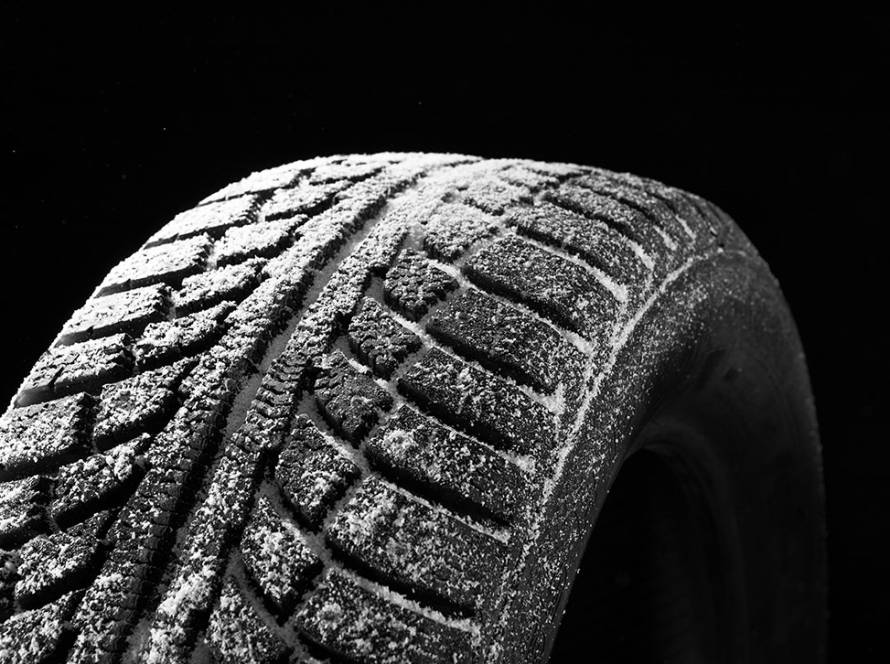If one or more of your tires have higher or lower air pressure than the others, it might not seem like a big deal at first. But driving with uneven tire pressure can affect everything from fuel efficiency to safety, and even shorten the life of your tires. Here’s what happens when your tire pressure isn’t balanced, and what you should do to fix it.
1. Uneven Tire Pressure Can Affect Handling
When one tire is overinflated or underinflated, your car’s weight isn’t distributed evenly. This throws off the balance and makes the vehicle harder to steer or control — especially in wet or icy conditions.
You might notice your car pulling slightly to one side or feeling unstable when cornering.
2. It Increases Tire Wear
Tires with too much air pressure often wear in the middle, whereas those with too little wear on the sides.
That uneven wear pattern means your tires will lose traction faster and need to be replaced sooner. In some cases, driving too long on an underinflated tire can even lead to a blowout.
3. It Hurts Fuel Efficiency
Uneven or low tire pressure increases rolling resistance, meaning your car has to work harder to move forward. That extra effort uses more fuel.
Keeping your tires inflated to the manufacturer’s recommended PSI can improve gas mileage by as much as 3–5%, according to the U.S. Department of Energy.
4. It Affects Braking and Traction
Modern vehicles rely on tire balance for even braking. Uneven pressure can cause longer stopping distances and poor traction, particularly in snow or rain.
If your car has ABS (Anti-lock Braking System), uneven pressure can also confuse the sensors, making braking less effective.
5. It Puts Extra Stress on Suspension Components
Your car’s suspension system is designed for evenly balanced tires. When one or more tires are off, the shocks, struts, and bushings take extra stress. Over time, this can lead to premature wear on those parts and more expensive repairs down the road.
6. You Might Trigger a TPMS Warning
If your car has a Tire Pressure Monitoring System (TPMS), uneven pressure often triggers the dashboard warning light.
Don’t ignore it! It’s not just about avoiding a flat tire, it’s about maintaining safe driving conditions.
How to Check and Fix Uneven Tire Pressure
- Use a reliable tire pressure gauge — digital or manual.
- Compare each tire’s PSI to the manufacturer’s recommendation (usually on a sticker inside the driver’s door or in your owner’s manual).
- Inflate or deflate as needed using an air compressor.
- Inspect regularly, especially during seasonal temperature changes — every 10°C drop in temperature can reduce pressure by 1–2 PSI.
When to Get Your Tires Checked Professionally
If you notice your vehicle pulling to one side, vibrating, or your tires wearing unevenly, book a tire inspection. A professional can check for:
- Tire damage or leaks
- Alignment or suspension issues
- Proper tire balancing and rotation
Even tire pressure keeps your car running smoothly, improves safety, and helps you get the most out of every tank of gas.
Final Tip
Think of tire pressure as part of your vehicle’s overall health. A quick check once a month can prevent major problems, and it only takes a few minutes.

